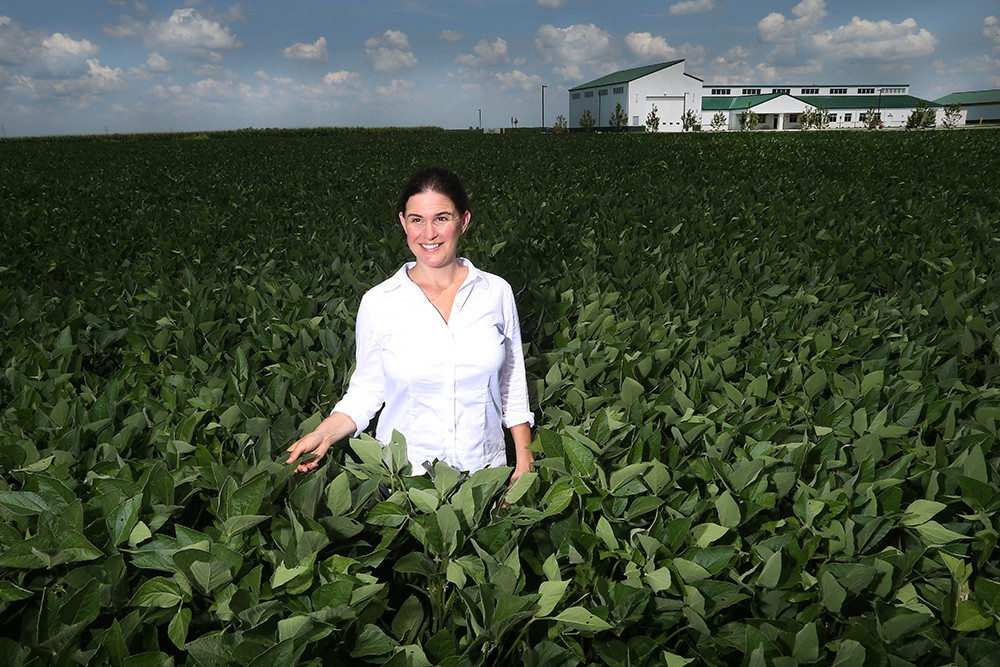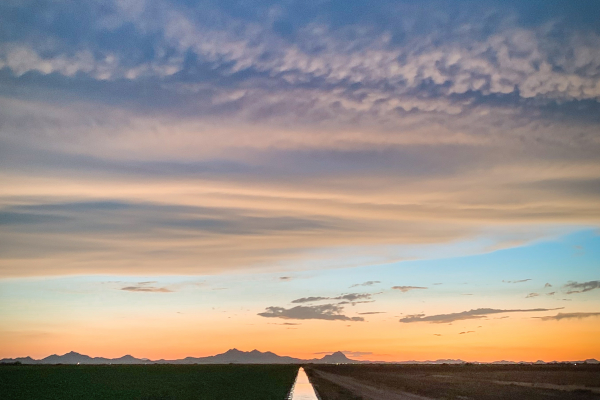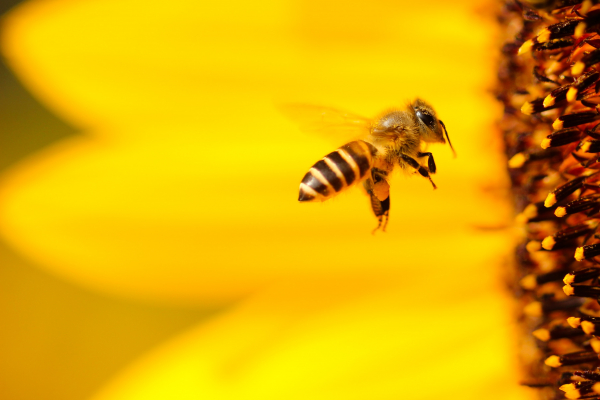Software for Soybeans: Using drone technology and computer analysis to evaluate new plant varieties

PROBLEM
- Assessing the traits of new soybean plants by hand is a laborious method plant breeders use to evaluate new cultivars.
SOLUTION
- Develop software tools that can analyze soybean characteristics based on overhead footage captured by drones.
The world’s population is expected to near 10 billion people by 2050, and today’s agricultural production is not sufficient to feed them all. Crop yields will need to increase and breeders will have to develop new plants that are more tolerant of heat and drought, both of which are expected to increase as the global climate changes.
To evaluate potential new crop varieties, breeders must plant them in test plots and record data on traits by hand in order to “phenotype” them. Phenotyping is categorizing the physical and biological traits of a plant, such as leaf density or fruit quality, in order to connect desired characteristics to the plant’s genetics. This laborious process may be required for hundreds or thousands of plants multiple times per year. The data recorded, such as plant color, may be subjective based on who is making the measurement.
Dr. Rainey and Dr. Cherkauer are automating these processes in soybeans. Drones fly over test plots and record high-resolution photos in a fraction of the time that it would take people to phenotype by hand. The photos are analyzed to gather many measurements that breeders need, such as row length, canopy coverage, and plant color.
The software analyzes geo-referenced pixels from the photos. That technology is simple, yet robust, and high-level data can be obtained from off-the-shelf drone and camera products for only a few hundred dollars. These tools make breeding more efficient and less expensive, increasing the pace of advances to feed a growing global population.
Drones have become more accessible and inexpensive, but there’s a need to understand how to use them in the breeding pipeline. There’s a lot of intellectual creativity in this work, and that has always attracted me to science.”
– Katy Martin Rainey
RESEARCHERS
- Katy Martin Rainey, PhD, Purdue University
- Keith Cherkauer, PhD, Purdue University
FUNDERS
- USDA NIFA AFRI


